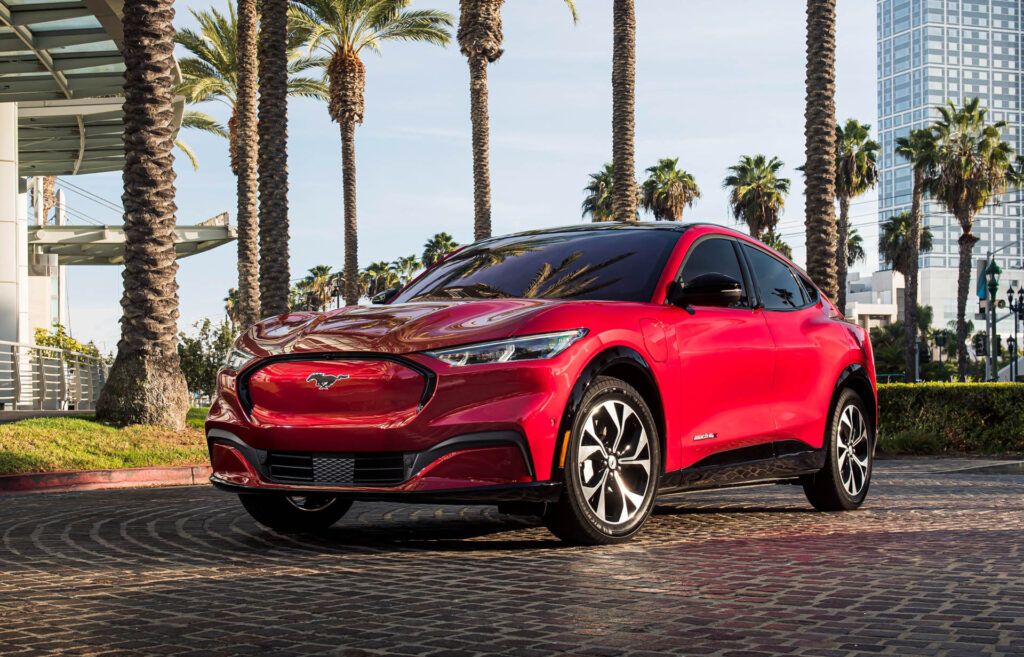Ford Canada has revealed that it will stop reporting sales figures on a quarterly basis and instead only report sales on an annual basis. Additionally, Ford will no longer report North American sales results by country and instead by division, consisting of its ICE business Ford Blue, the EV business Ford Model e, and its commercial products and services division Ford Pro.
The car manufacturer first announced the change on March 23, noting that it will simply report global results in relation to its three businesses rather than by geographic regions. In Canada, it will announce sales figures on an annual basis. Interestingly, Ford continues to report U.S. sales on a quarterly basis.
“We’re certainly continuing to report sales, just not through a press release,” Ford Canada communications manager Matt Drennan-Scace told Auto News. “The only change is that through a press-release perspective, we’re announcing sales results on an annual basis, not a quarterly basis. There’s no other change to how Ford of Canada is reporting sales.”

Drennan-Scace added that while the media can ask for quarterly sales numbers, it will not provide such details.
According to the federal director of the Canadian Taxpayers Federation, Franco Terrazzano, the public “has a right to know” sales numbers, particularly given that Canada’s federal government and Ontario government have contributed over $500 million worth of taxpayers funds for the retooling of the Oakville Assembly Plant. “We should demand transparency,” Terrazzano said.
Read: Ford Won’t Follow GM In Ditching Apple CarPlay And Android Auto
J.D. Power’s Robert Karwel says Ford Canada’s move follows a trend sent by a host of electric vehicle brands that also fail to release regular sales reports.
“I mean, we don’t report monthly sales of, say, washing machines,” Karwel said. “But why stop reporting [auto sales] in Canada? Your guess is as good as mine. The reason I think this is happening — and it’s no coincidence — is that up-and-coming electric-vehicle brands don’t report their sales with any regular cadence, either. There’s less transparency with them, so then you could ask, ‘Why wouldn’t a traditional manufacturer also provide less visibility of sales figures?’”




